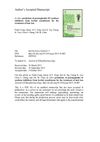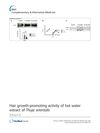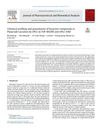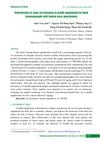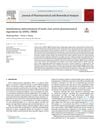Chemical Fingerprint and Quantitative Analysis for the Quality Evaluation of Platycladi Cacumen by Ultra-Performance Liquid Chromatography Coupled with Hierarchical Cluster Analysis
August 2017
in “
Journal of Chromatographic Science
”
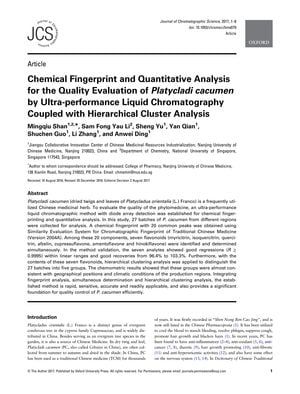
TLDR The new method is rapid, sensitive, and accurate for evaluating the quality of the medicinal herb Platycladi cacumen.
In the 2017 study, a new ultra-performance liquid chromatography (UPLC) method with diode array detection was developed for the chemical fingerprinting and quantitative analysis of Platycladi cacumen (PC), a traditional Chinese medicinal herb. The study analyzed 27 batches of PC from various regions, establishing a chemical fingerprint with 20 common peaks and quantifying seven flavonoids with high accuracy (regression R > 0.9995) and recovery rates between 96.4% and 103.3%. Hierarchical cluster analysis (HCA) categorized the batches into five groups based on geographical and climatic conditions. The method was validated for precision, repeatability, stability, and recovery, showing it to be rapid, sensitive, and accurate for PC quality control. The study supports the use of this integrated approach for efficient quality evaluation of PC.
